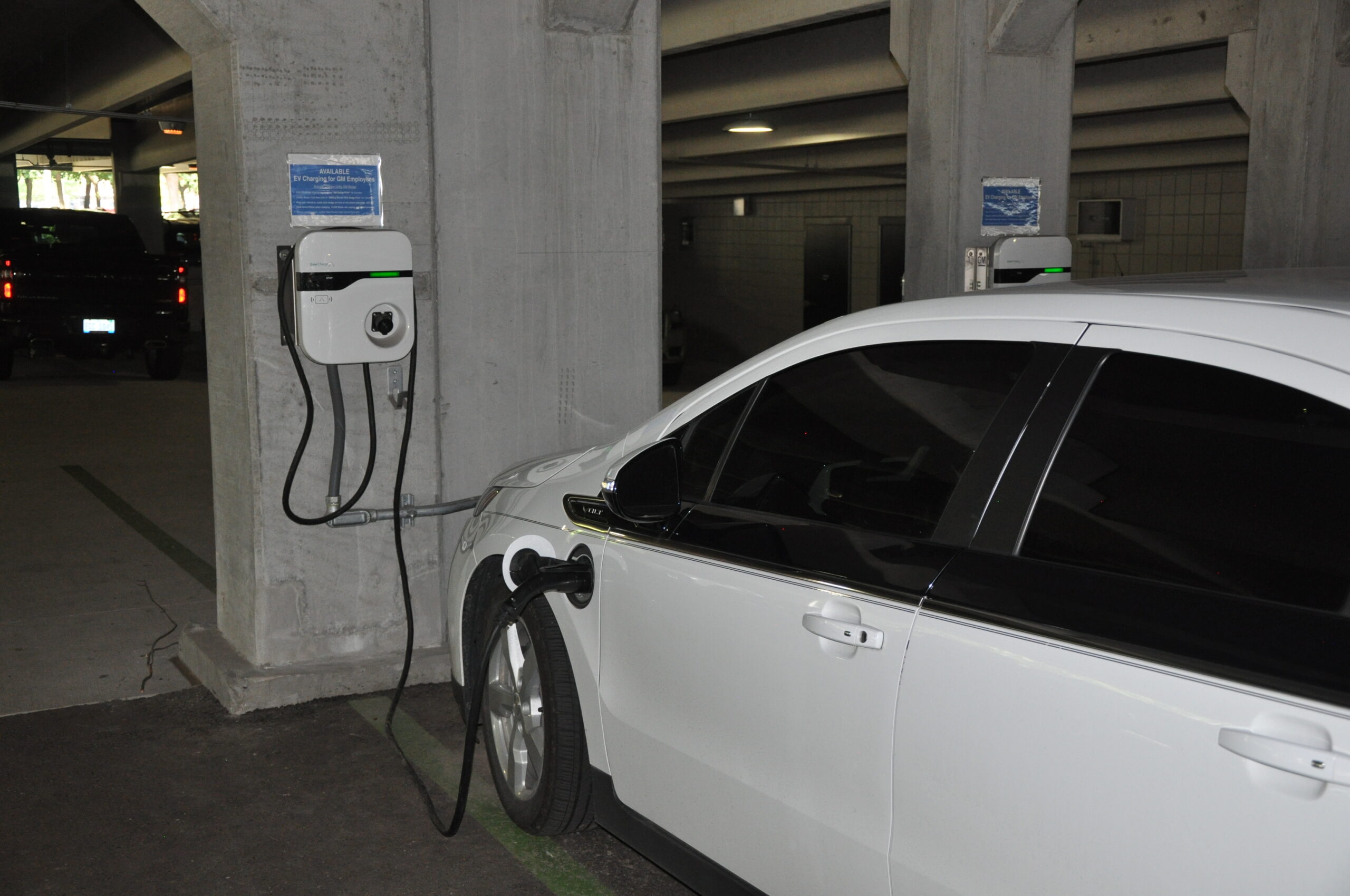The parking industry began discussing sustainable parking nearly two decades ago. At first the entire concept seemed counterintuitive. How could builders design structures to maximize performance while minimizing waste and actually improve the environment? The idea now no longer seems so foreign and through creative design we can create garages that minimize the impact of vehicles on the environment – at least while those vehicles are in the parking facility.

Initially, the primary focus was on green roofs, recycled content, PV solar arrays, and operational strategies. Idle reduction was also a primary key area of focus. If we could design entrances and exits that minimize idling time, the amount of exhaust emissions created by queuing vehicles could be significantly reduced. As for design features, early ideas were admittedly modest such as green roofs that reduced the carbon footprint, solar panels and green screens. In the infancy of green parking, designers did what they could to promote sustainability, but it was a learning process and left much room for improvement.
Sustainable strategies have matured significantly over the past twenty years and play an important role in promoting green parking. Sustainable garages often integrate technologies and strategies such as energy efficient lighting, guidance systems that assist drivers in finding an available space more quickly, electric vehicle charging stations, carsharing programs, and micro-mobility options.

They also include stormwater management practices like bioswales, permeable pavement, and other strategies that reduce runoff. Many of these stormwater management strategies can also collect rainwater for re-use in landscape irrigation, hydrating landscaping or even for cleaning and maintaining the garage itself. By recycling rainwater, this design element can reduce costs and the need to use city water for these functions.
Biophillic design or Phytoremediation can also play an important role in sustainable parking. Phytoremediation uses certain types of living plants to clean the pollutants from the air. When you consider the emissions from vehicles in and around a garage, it’s easy to see why phytoremediation can be such a powerful tool benefiting the local environment. Landscaped walls through which living plants are placed on special screens on the exterior walls of garages—essentially a wall of shrubbery—can also be used to absorb carbon.
While all of these features have significantly impacted the industry, the true game changer in sustainable parking has been the advent of parking’s technology age. The introduction of advanced PARC and APG systems to get people in and out of parking facilities quickly, reducing vehicle idling, has been essential. The increasingly common use of frictionless parking suites featuring combinations of technologies that can include PARCS, LPR or AVI, pre-booking, and parking guidance systems, currently makes the parking process much easier. These systems can virtually eliminate queuing by recognizing individual vehicles, permit entrance (and ultimately, egress), and charge the driver for the transaction automatically.
Perhaps the most crucial technology in promoting sustainability is parking guidance. Parking guidance systems monitor the number of available spaces in a facility, or even on a specific floor, at that given moment. This information is transmitted to strategically located signs to be seen by the driver. In the largest of structures, these systems can reduce the amount of time it takes to find a parking space by as much as 20 minutes. This reduction in travel time, can significantly reduce vehicle emissions.
Twenty years after we started talking about green parking, the idea no longer seems counter-intuitive. In fact, owners, operators, and designers are taking the lead in promoting sustainability. By challenging old ways of thinking, implementing creative design, and introducing new technologies that make the parking process easier and quicker, parking professionals are not only moving the parking industry to sustainability but now are at the forefront of the green revolution.


